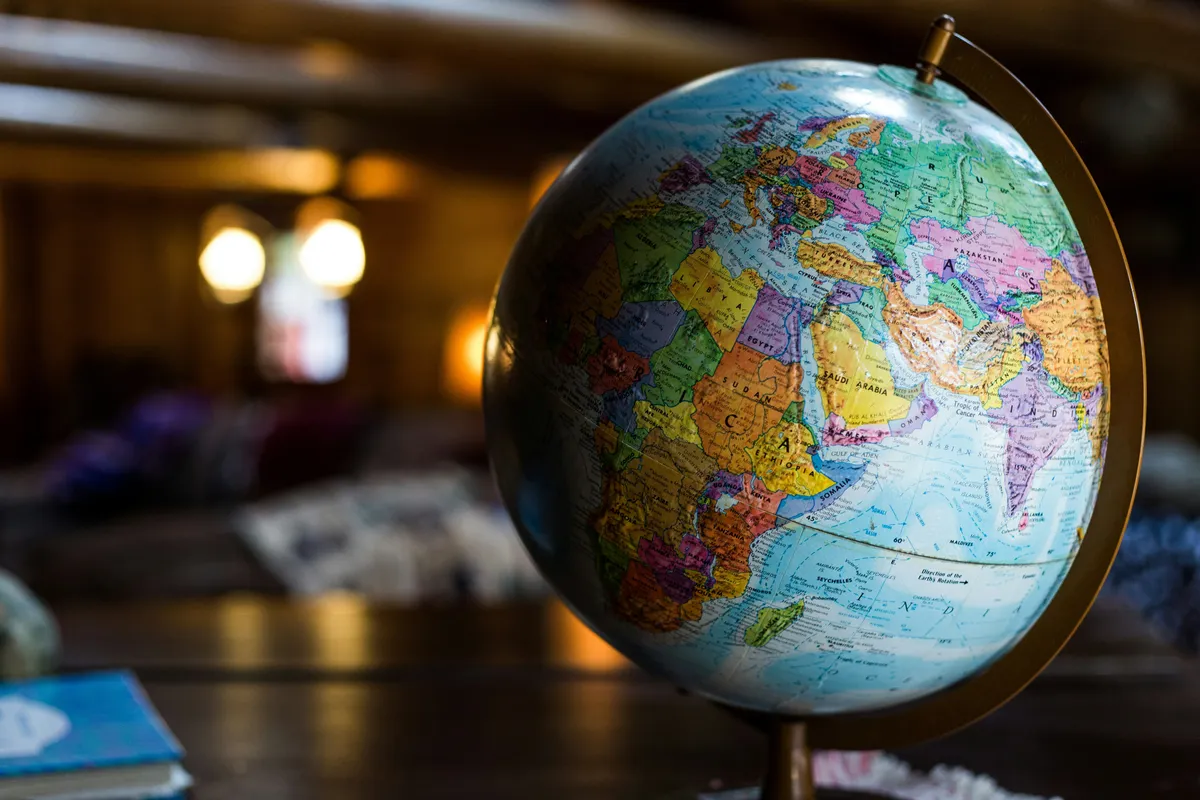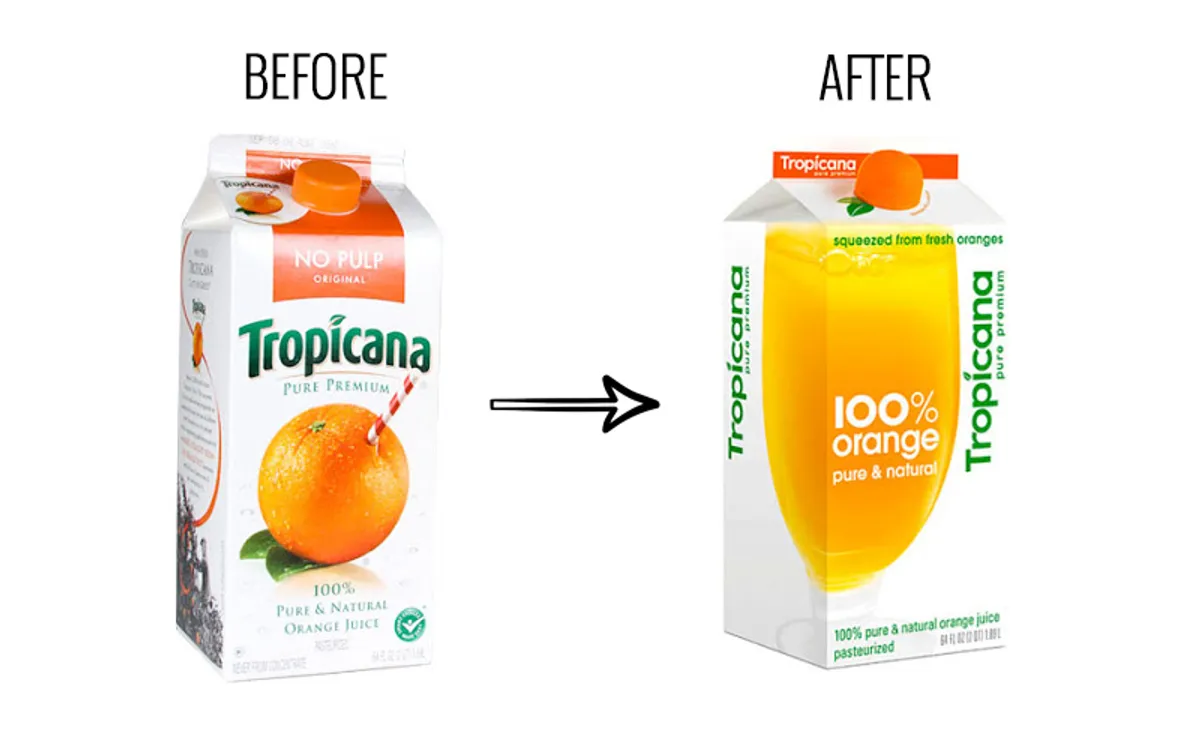
In today’s world of next-day shipping and borderless e-commerce, packaging does more than just keep your product safe. So when it comes to designing for e-commerce, it needs to survive the journey, look good on arrival, and deliver an unboxing experience that’s just as good as your product.
It's your brand’s first impression, conversation starter, and cultural translator – all wrapped in one neat little box. As brands stretch their reach across continents, the challenge is about communicating authentically with consumers.
This article dives into the multifaceted world of global packaging design, exploring how to balance cultural design, regulatory hurdles, and a strong global brand identity. Buckle up, we’re going international.
In different corners of the world, packaging design holds cultural weight, both literally and figuratively. Every brand design decision you make has the power to connect (or completely miss the mark) based on how it’s perceived by local consumers. That little splash of red you love? In some places, it means good fortune; in others, it might resemble a warning label.
As globalisation accelerates, brands are learning that “universal” design doesn’t really exist. What feels minimalist and elegant in Scandinavia might look unfinished and sterile in the Middle East. Cultural fluency is essential to resonate and stay relevant in diverse markets.
➢ Colour Symbolism: This is where colour psychology comes in. For example, In Western markets, white often symbolises purity and simplicity. In some East Asian cultures, it’s associated with mourning. So can you see what we mean? You have to choose your colours wisely – what you might personally see as ‘clean’ might come off as 'funeral-ready.' Take this into consideration if you plan to extend to global markets.
➢ Imagery and Icons: A thumbs-up might be a sign of approval in the UK but offensive elsewhere. Visual literacy changes from region to region. So get educated on this kind of stuff - do your research.
➢ Language and Typography: Bold sans-serifs might scream “modern” in Germany but feel aggressive in Japan. Localised typography can make a big difference in emotional tone and readability.
Cultural Factors Influencing Packaging Design
➢ Religious Beliefs: Avoid symbols or images that might be considered sacred, taboo, or inappropriate. For instance, it wouldn’t make sense to throw in some pig iconography on snacks sold in Muslim-majority countries. Just like it wouldn’t make sense to …
➢ Local Traditions: Celebrate local holidays, textures, and patterns. A seasonal package aligned with Diwali or Lunar New Year? Chef’s kiss.
➢ Consumer Behaviour: Do locals prefer small portion sizes? Do they shop with family or do they go solo? Design with these behaviours in mind.
➢ Legal Restrictions: Yes, even cultural missteps can come with legal consequences – so always double-check what you’re allowed to print, say, or show on-pack.

If cultural missteps get you dirty looks, regulatory mistakes will get you lawsuits. Or at the very least, costly delays and a ton of relabelling. Every country has its own set of packaging laws – some practical, some puzzling, and all absolutely non-negotiable.
Regulations influence everything from what materials you can use to how big your “Nutrition Facts” font needs to be. Getting it wrong can result in denied imports, product recalls, or being slapped with fines. Not exactly a win. And it’s not just about compliance – you also need to design for efficient transport and storage, or you’ll pay for that too.

Brand consistency is everything. Your packaging is your brand’s outfit. And like any good outfit, it needs to fit the occasion and the culture. Keeping a cohesive global brand identity while localising for different markets is one of the trickiest (but most rewarding) parts of global packaging.
A well-executed packaging strategy strengthens trust, familiarity, and brand recall. The trick is to be flexible without losing your brand's soul. So, let’s talk tactics.
➢ Transcreation: Go beyond straight translation. Adapt your brand message to evoke the same emotional response in a new language and culture. It’s brand storytelling with subtitles and cultural fluency.
➢ Visual Identity Adaptation: Colours, icons, layout – everything is fair game for adjustment, as long as your core brand stays intact. Think of it like having regional “accents.”
➢ Material Selection: Sustainability expectations vary wildly by region. Paper packaging might be a hero in one country and completely impractical in another. Choose materials that meet local expectations and reflect your brand’s ethics.
Yes, we’re talking about Tropicana again (shock), but it’s such an important takeaway when it comes to maintaining brand identity. In 2009, Tropicana, a well-known juice brand, decided to revamp the packaging of its flagship orange juice. The new design featured a more modern look, replacing the familiar "orange with a straw" image with a glass of orange juice and altering the logo's font and orientation. However, this change did not resonate with consumers. Many found the new packaging generic and struggled to recognise the product on store shelves. As a result, Tropicana experienced a 20% drop in sales within two months, leading the company to revert to the original design.
So what’s this got to do with global packaging? Even without crossing borders, Tropicana’s case highlights how visual design choices can disconnect a brand from its audience. Imagine how much more complex this becomes when you're adapting for different countries, languages, and cultural expectations. If a well-established brand can lose customers in its home market through a design misstep, the risk is even greater when navigating new global territories.

Designing packaging for global markets isn’t just about aesthetics, it’s about empathy, awareness, and strategy. Brands that invest in cultural understanding, regulatory compliance, and thoughtful localisation of their identity don’t just survive in global markets, they thrive. The payoff? Stronger consumer connections, better market penetration, and a brand that feels truly international (not just exported).
Are you thinking about taking your packaging global? At Noramble, we specialise in packaging that travels well. Let’s chat about how we can help you create packaging that speaks every language and culture it touches.